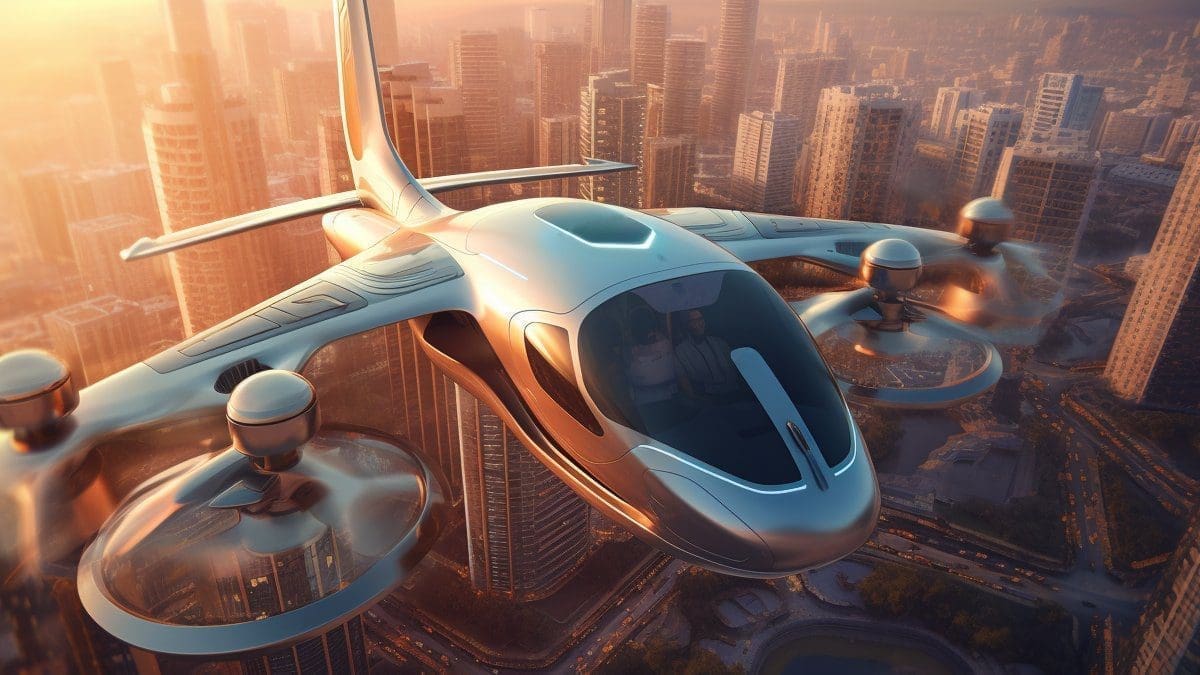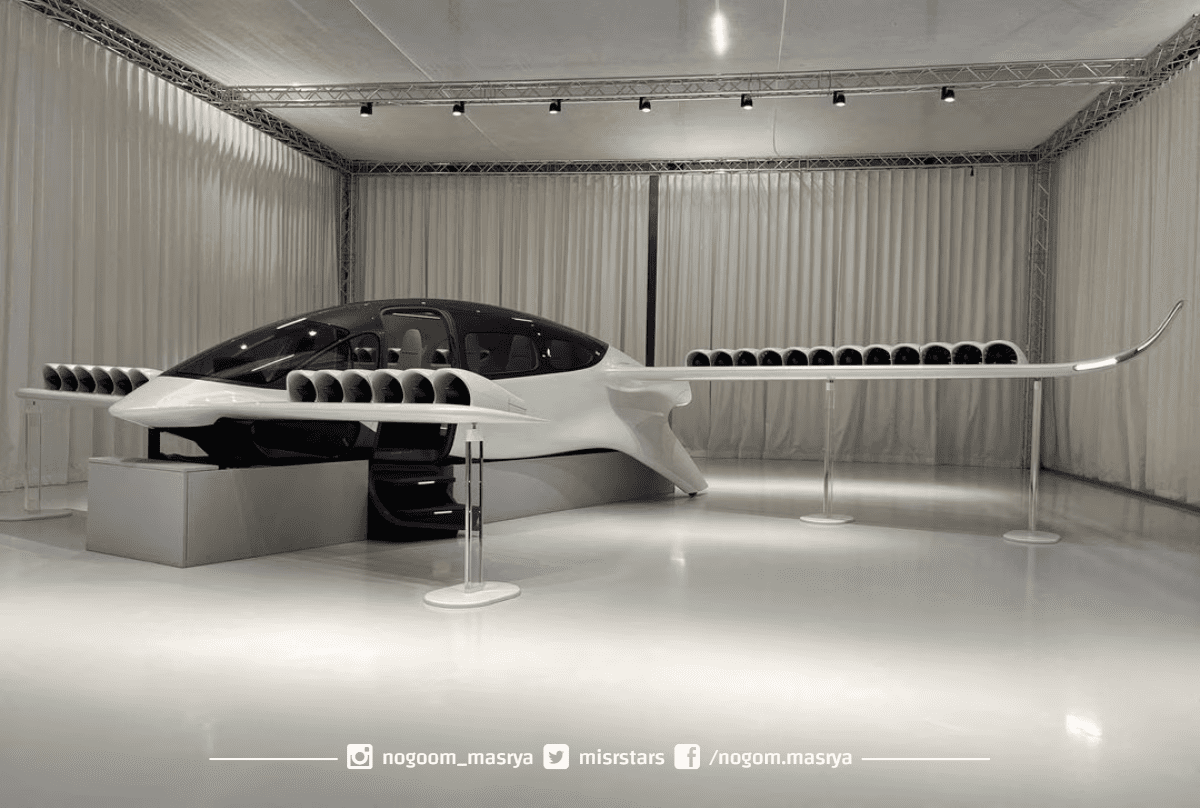The Federal Aviation Administration (FAA) announced on Wednesday its intentions to implement comprehensive training and pilot certification rules for electric vertical takeoff and landing aircraft (eVTOL), commonly referred to as flying taxis. As a potential solution to urban transportation, these low-altitude urban aircraft have garnered significant global attention, with numerous eVTOL companies going public.

New regulations are necessary since many proposed eVTOL aircraft combine helicopter-like takeoff and landing capabilities with airplane-like flight to their destinations. The FAA stated that its proposal aligns with the requirements of the International Civil Aviation Organization, allowing U.S. pilots to operate eVTOLs in other countries.
As airlines and various companies explore transport services utilizing battery-powered aircraft for vertical takeoff and landing, the potential to ferry passengers on short city trips or to airports while avoiding traffic becomes increasingly viable. In May, the FAA presented an “updated blueprint” detailing airspace and other modifications to accommodate future air taxis.
In 2022, the FAA proposed updating its air carrier definition to incorporate “powered-lift” operations into regulations governing airlines, charters, and air tours. According to the blueprint, air taxi operations will initially commence at a low rate, mirroring helicopter operations, and utilizing existing infrastructure such as helipads and vertiports.
The FAA anticipates the first eVTOL to enter commercial operations no earlier than late 2024 or early 2025. In 2022, the FAA established airworthiness criteria for air taxi startups Joby Aviation and Archer Aviation regarding their respective eVTOL aircraft models.
Delta Air Lines has invested $60 million in Joby Aviation, forming a partnership aimed at providing passengers with air taxi transportation to and from airports in New York and Los Angeles within the next few years.
Pilots employed by eVTOL manufacturers could act as the primary group of flight instructors, subsequently training instructors at flight schools and carriers. Alternative eligibility criteria may allow some pilots to fulfill flight-time experience requirements more quickly.



